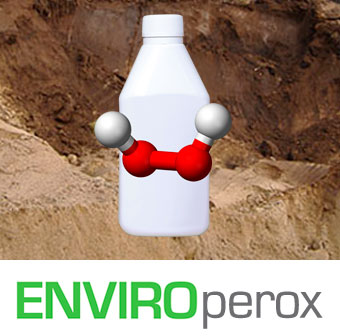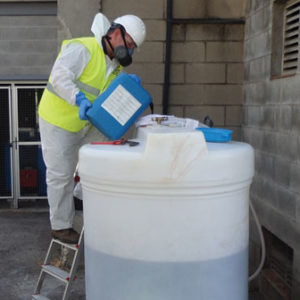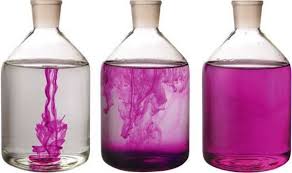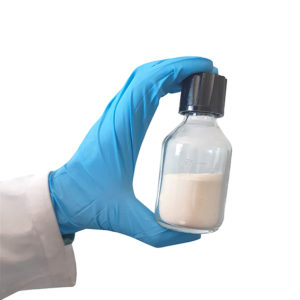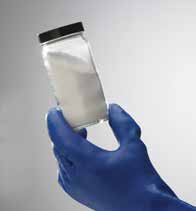Description
Características
Hydrogen peroxide is an oxidant widely used in ISCO projects at hydrocarbon contaminated sites. When injected into groundwater, hydrogen peroxide is unstable and reacts with organic pollutants and subsurface materials. It decomposes into oxygen and water a few hours of its introduction into groundwater that generates heat in the process. The reagent is typically shipped to a remediation site in liquid form at concentrations ranging from 5% to 30%.
The high reactivity of hydrogen peroxide can limit its distribution in the subsoil, acting locally with a reduced radius of action. Hydrogen peroxide is particularly effective when it reacts with ferrous iron (Fe2 +) producing a Fenton reaction. Ferrous iron can be naturally present in subsurface soils and / or groundwater, or it can be added as a catalyst along with hydrogen peroxide to produce this aggressive chemical reaction.
Fenton’s reagent requires soluble Fe2 + to form OH •. This optimal reaction occurs under relatively low pH conditions (e.g., pH 2 to 4). adjusting the pH in the treatment area is often necessary to allow the oxidation process to proceed efficiently. This can be accomplished by acidifying the hydrogen peroxide or adding a chelating acid.
Funcionamiento
The chemical reactions associated with the application of hydrogen peroxide in the subsoil are complex and take place both through the direct transfer of electrons and through the formation of radicals, giving rise to different chain reactions. Some examples:
Direct oxidation
![]()
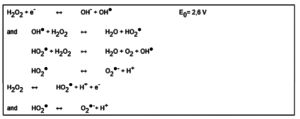
Radical formation
The theoretical degradation products with complete oxidation (H2O, O2 and CO2) are harmless and are naturally present in the soil. Under less than ideal conditions, chemical oxidation can generate intermediate degradation products or by-products that can be toxic.
Aplicaciones
Hydrogen peroxide in contact with organic compounds produces hydroxyl ions which are very powerful oxidants. Hydroxyl radicals break the petroleum hydrocarbon bonds of common petroleum components such as benzene, toluene, ethylbenzene, and xylene.
Ventajas
- Potential to complete remediation processes in short times
- Ability to oxidize benzene and methyl tert-butyl ether (MTBE)
- Increases the level of dissolved oxygen in water allowing subsequent aerobic biodegradation
Likewise, the use of hydrogen peroxide can cause uncontrollable exothermic reactions, can generate undesirable by-products and requires special attention in the handling and storage of the oxidant.
FAQ
Warnings and recommendations on prevention and safety
The reagent must be handled with care. Protective equipment during handling should include face shields and / or goggles, rubber or plastic gloves, and rubber or plastic apron. If clothes look stained, wash immediately; spontaneous ignition can occur with cloth or paper. In cases of significant exposure, use the appropriate NIOSH-MSHA dust or mist respirator. For more details do not hesitate to consult our SDS.
Storage
Avoid contact with acids, peroxides, and all combustible or easily oxidizable organic materials, including inorganic oxidizable materials and metal powders. With hydrochloric acid, chlorine gas is released. Hydrogen peroxide is neither explosive nor oxidizing. It can decompose if exposed to heat. For more details do not hesitate to consult our SDS.
Delivery format
- 20 L drum (30%).

